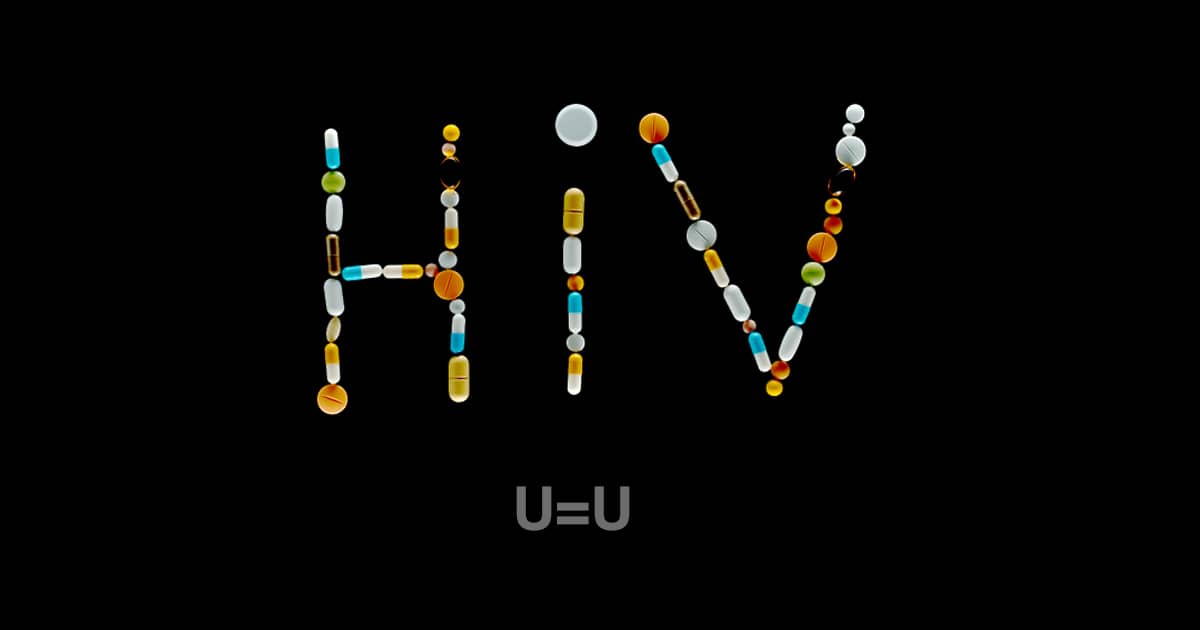Even people who don’t know an awful lot about the human immunodeficiency virus understand the fact that HIV is a lifelong condition. But why is this so? What makes the infection impossible to beat as of now? A new study helps better explain why.
The Proliferation of HIV Cells Makes the Virus Indestructible
The findings of a new study were presented during a 2023 Conference on Retroviruses and Opportunistic Infections. The results are so significant that they shed a light on the reasons why finding a cure for HIV has been such an impossible task.
Johns Hopkins University’s Dr Natalie McMyn found out that HIV persists (even over the course of receiving antiretroviral therapy) because the infected cells divide. That’s an important mechanism differing significantly from the ability of an infected cell to infect others.
McMyn’s study suggests that while the number of cells capable of producing viable HIV declines over the first few years of receiving antiretroviral therapy (ART), the number of virally-productive cells remains a constant number. It can even start increasing gradually after a few years since the initiation of the treatment.
In the early years of treatment, these cells remain a hidden reservoir and they cannot be targeted by ART. When they start producing viable viruses, these cells become “visible” to the immune system.
Later on, cellular division rather than replication becomes a much more important process in the lifecycle of the virus. Even long-lived cells (like the T-cells that are a key part of the immune response and that HIV targets) will need to divide eventually. This cellular division is the reason why the reservoir of cells capable of producing HIV remains stable.
How the Study Worked
Dr McMyn worked with 31 HIV-positive individuals who has been taking ART for a median of almost 23 years. All of the participants in the clinical trial had achieved viral undetectability at the time McMyn’s research began.
The volunteers started out with a CD4 count of almost zero before the administration of antiretroviral therapy. Fifteen years after the initiation of ART, the CD4 count increased to 800. After the 15th year, the number went down and plateaued at about 650. Taking CD4 T-cell samples, researchers conducted a number of tests to find out what’s been going on. Through clinical trials, they assessed the proportion of cells capable of producing HIV particles in laboratory settings.
For the first three to four years of ART administration, the proportion of cells capable of producing HIV declined. That was the point when the figure stopped decreasing. For many participants in the clinical trial it even started going up slightly after that.
Researchers also did a DNA test to detect all of the cells that contained any amount of viral DNA. They discovered that the so-called DNA reservoir (consisting of all the DNA-carrying cells, even those featuring just fragments of DNA) declined during the first nine years of ART administration. After that, the reservoir remained steady and it even started growing in a couple of instances.
What the Findings Mean
In some cases, the HIV reservoir may be incapable of producing new cells, Dr McMyn concluded. This isn’t the case for the majority of infected individuals, however. Cellular proliferation maintains the hidden DNA reserve solid, regardless of ART. Cells containing viable viruses divide, which keeps the reservoir large enough. And because these cells are inactive, antiretroviral therapy can do literally nothing in order to get them destroyed.
In other words, antiretroviral therapy is a very good option to keep healthy cells from becoming infected. When T-cells are already infected, however, they will continue being infectious.
People on ART keep cells latent really well but this is the one mechanism that makes them evade the immune response. There’s a huge dilemma here. On one hand, latent cells are less likely to become activated. At the same time, they will not trigger the immune system and the HIV DNA reservoir will remain undisturbed. Activated cells can be targeted by the immune system but they can also get other cells infected.
Before an actual cure for HIV is developed, researchers will need to answer a number of additional questions. For example, what makes certain cells latent while getting others to activate (and eventually become the target of a specialised immune response)? What part does HIV play in the division and expansion of infected T-cells?
By answering these questions, medical experts can eventually work out the type of cure that will work best – activating or latent-based.
Until that moment arrives, we can count on several developments for protection and effective suppression against HIV infection.
HIV pre-exposure prophylaxis (PrEP) and post-exposure prophylaxis (PEP) are both capable of reducing the risk of infection significantly. Reliable and accurate hiv testing options are also readily available in Singapore. Last but not least, those who are already HIV-positive can count on effective antiretroviral therapy to achieve undetectable status.
If you have any questions or concerns about HIV, contact Shim Clinic or pay us a visit. You’ll get consulted by our clinicians in complete confidentiality.

